Princess Hashtag Presents: Science!
so I'm doing a PhD in this thing called sum-fequency generation spectroscopy (or just SFG) but some people call it other things like vibrational sum-frequency spectroscopy or sum-frequency generation vibrational spectroscopy but tbh they all mean pretty much the same thing
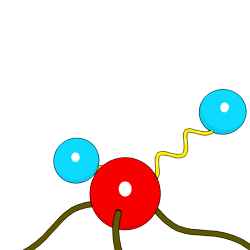

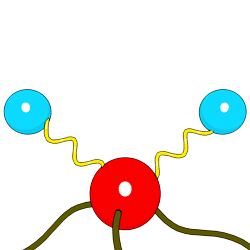
effectively, I shine lasers on molecules and make 'em dance
it's based on this really neat phenomenon called sum-frequency generation, where two propagating electromagnetic fields (in this case lasers) at two different frequencies induce a coherent superposition of a shift in polarisability and a change in dipole moment, leading to a virtual resonance - the relaxation of this virtual resonance results in a de-excitation photon, and due to conservation of energy, the frequency of that photon is equal to the sum of the frequencies of the photons that caused that virtual resonance to happen
there's two main types of sum-frequency spectrometer, scanning (narrowband), and broadband
so i use SFG to look at the geometry and ordering of organic adsorbate species (specifically corrosion inhibitors) on metallic substrates, both out of solution and in solution, using this crazy looking cell
one disadvantage tho is that you get this weird gaussian beam profile shit convolved with yer spectrum
and hey remember how i was going on about surface specificity earlier? well that comes in suuuuuper handy b/c you can use that to tell how pristine your layer of inhibitor is, like if your adsorbate layer is ordered af, you'll only see the CH3 stretches at the end of your hydrocarbon tail, but if there's kinks and gauche defects and shit then yer gonna see CH2 stretches as well and it's super super cool
BUT! that gaussian thing is the result of electronic interactions with the broadband pulse, and this nonresonance actually has a shorter lifetime than the sfg resonance that you actually wanna look at by like a whole picosecond
so you can basically just remove all that shit by staggering the pulses so the narrowband pulse arrives a picosecond after the broadband one
the advantage of broadband sfg (bbsfg) is that it's hella quick, so you can do time resolved experiments quite easily

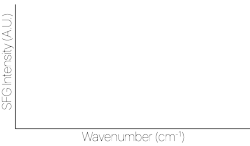

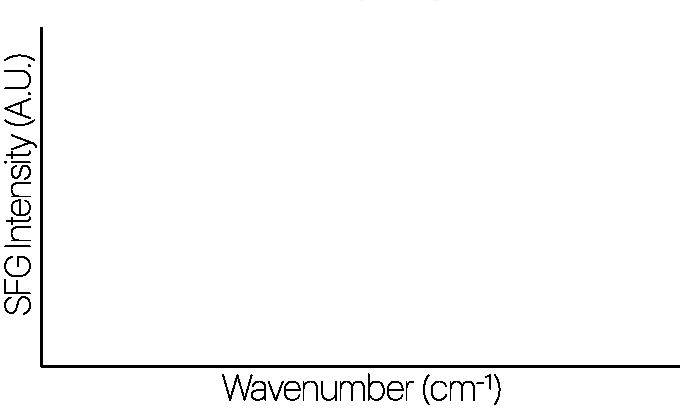
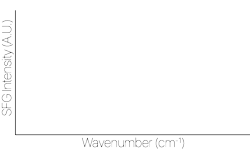
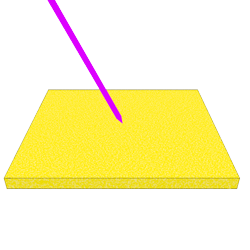

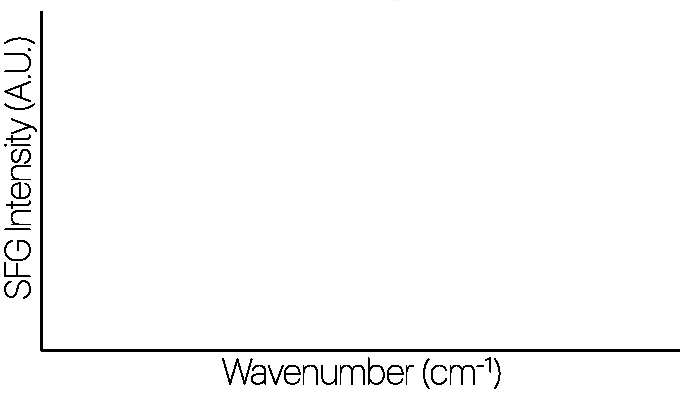
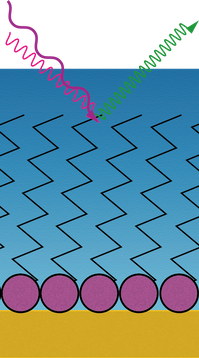
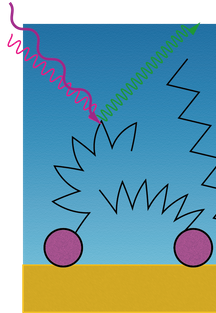
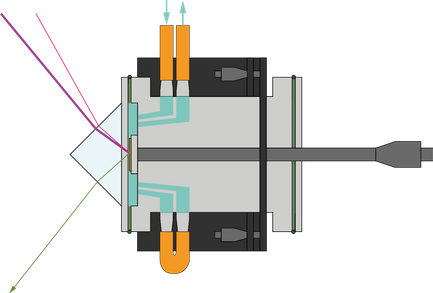
one of the supercool things about SFG is that since it relies on an inherent dipole moment in the medium, anywhere where there is a breakdown in centrosymmetry (such as an interface between two media),you can get SFG. Everywhere else, the sum-frequency emission is mathematically zero. It's neat af. What this means is that SFG is mathematically interface specific, which means that you can use it to probe interfacial chemical composition and geometry in a way infrared spectroscopers can only dream of.